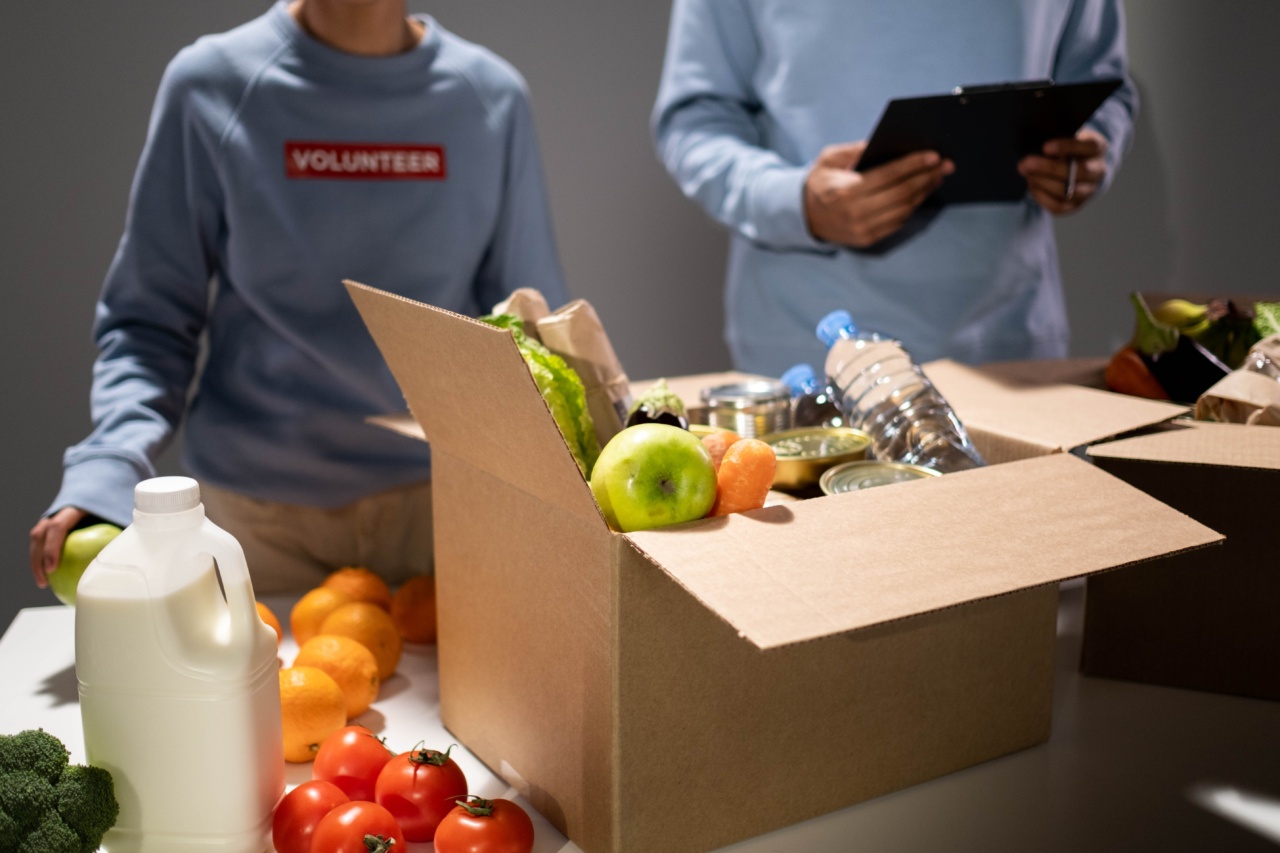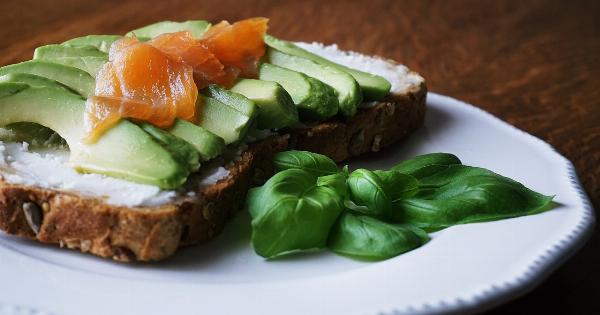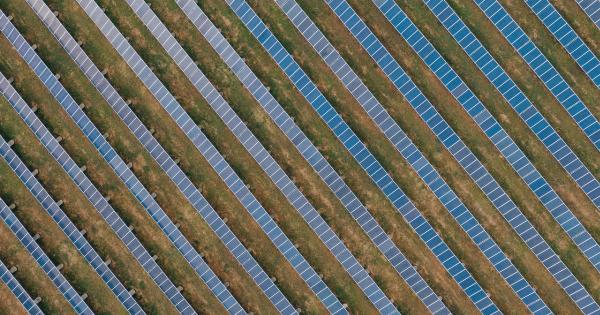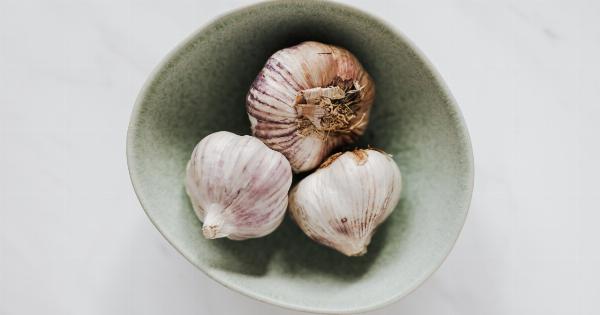Melanoma is one of the most fatal forms of skin cancer, particularly if its early warning signs are ignored.
While most people know that sun exposure and tanning beds can increase melanoma’s risk, many people don’t realize that nutrition can also play an important role. Some fruits, for instance, have been linked to a higher risk of melanoma.
Citrus Fruits
According to a study published in the Journal of Clinical Oncology, people who consume higher amounts of citrus fruits are at a greater risk of developing melanoma than those who eat very few.
In the study, a single serving of citrus fruits each day increased melanoma risk by about a quarter. However, researchers aren’t exactly sure why citrus fruits are associated with a heightened risk for melanoma. Some surmise that it might be because they have a high acidity, making skin more susceptible to sun damage.
Grapefruits
While grapefruits, like other citrus fruits, are rich in vitamin C and antioxidants, a study by the Journal of Clinical Oncology found that people who consumed the most grapefruits had a high risk of developing melanoma.
The researchers of the study claim that furanocoumarins, a compound found in grapefruit and other citrus fruits, might increase the body’s sensitivity to sunlight, making the skin more vulnerable to burning and skin cancer. Protection from the sun is vital when consuming grapefruit in any form.
Papayas
Papayas are healthy tropical fruit packed with antioxidants, vitamin C, and other healthy nutrients. However, studies have linked the consumption of papayas with an increased risk of melanoma.
According to a study conducted in Hawaii, women who consumed more papayas had a higher risk of developing melanoma. Additionally, another study found that a diet high in beta-cryptoxanthin, which is found in large doses in papayas, correlated with higher risks of melanoma, particularly in smokers or ex-smokers.
Watermelons
Watermelons are a luscious summer fruit, full of water and nutrition, but research casts doubt on the fruit’s safety.
According to a study conducted by the European Journal of Cancer Prevention, people who consumed the highest amounts of watermelon had a higher risk of skin cancer, including melanoma. Scientists are still unsure why watermelons are associated with melanoma, but one hypothesis suggests that the amount of lycopene in the fruit may play a role. Lycopene is an antioxidant that has been associated with reducing cancer risk.
Though it is unclear how lycopene may be linked to melanoma risk, the results do not mean that people should avoid watermelons entirely, but moderation is key.
Kiwis
Kiwis are a good source of fiber, vitamin C, and other essential nutrients. They can also be dense in actinic damage, a type of damage that contributes to skin cancer.
According to research published in the British Journal of Dermatology, people who consume higher amounts of kiwi fruit are at a greater risk of developing skin cancer, particularly melanoma. The researchers believe that the high levels of antioxidants in kiwis might help protect skin cells from damage, leading to a reduction in the risk of melanoma.
Cherry Tomatoes
Cherry tomatoes are delicious little fruits that are often convenient for a light snack or in a salad. However, research from the Journal of Agricultural and Food Chemistry indicates that consuming them could increase melanoma risk.
The study found that people who regularly ate cherry tomatoes had higher levels of sunburn cells in their skin, a sign that their skin was repairing itself from sun damage. The study’s authors believe that a type of pigment called lycopene could cause the increase in sun damage risk. Therefore, people should consume cherry tomatoes, instead of direct sun exposure under peak sun hours.
Conclusion
While many fruits, such as papaya, watermelons and kiwis, offer essential nutrients and health benefits, research indicates that consuming these fruits in large amounts can increase melanoma risk.
However, most of the studies were observation-based, meaning that the results do not establish that eating these fruits causes an increase in melanoma risk. Protection against the sun’s harmful rays, like utilizing sunscreen and wearing protective clothing, is the most reliable way of preventing melanoma.
Consuming these fruits in moderation and in conjunction with safe sun habits is highly recommended.




























